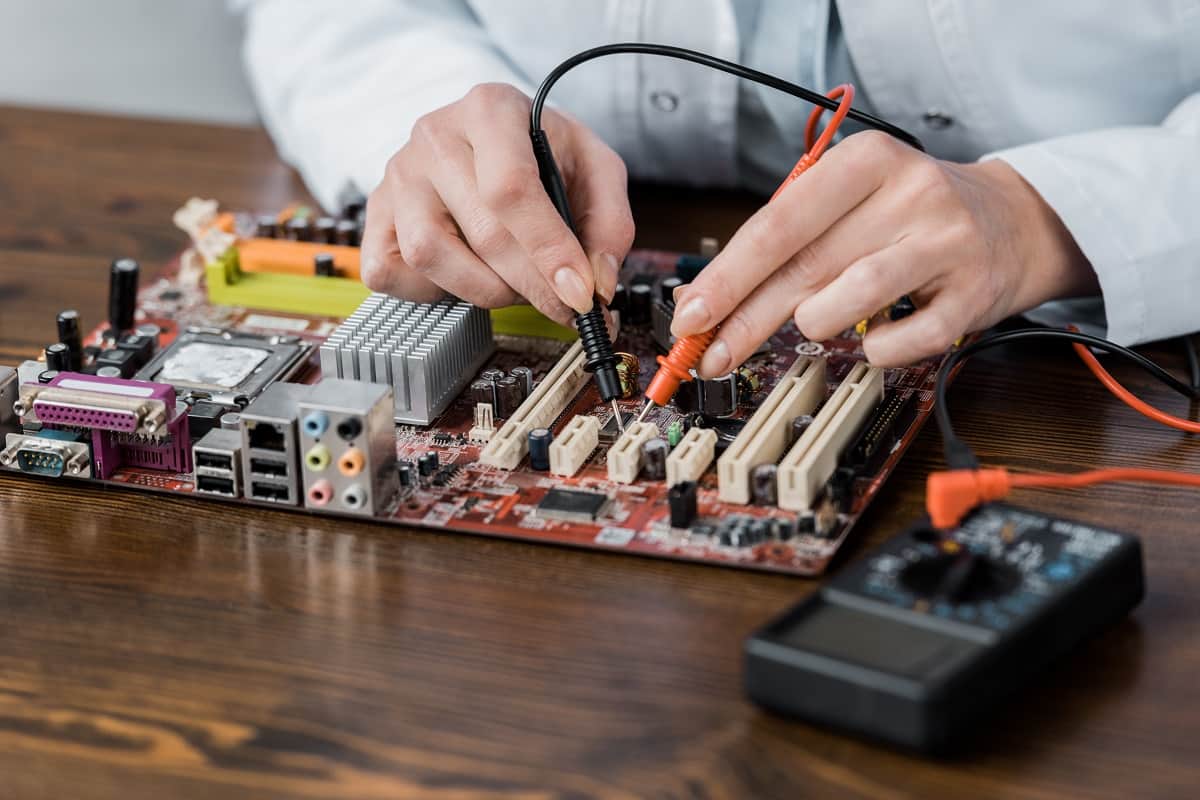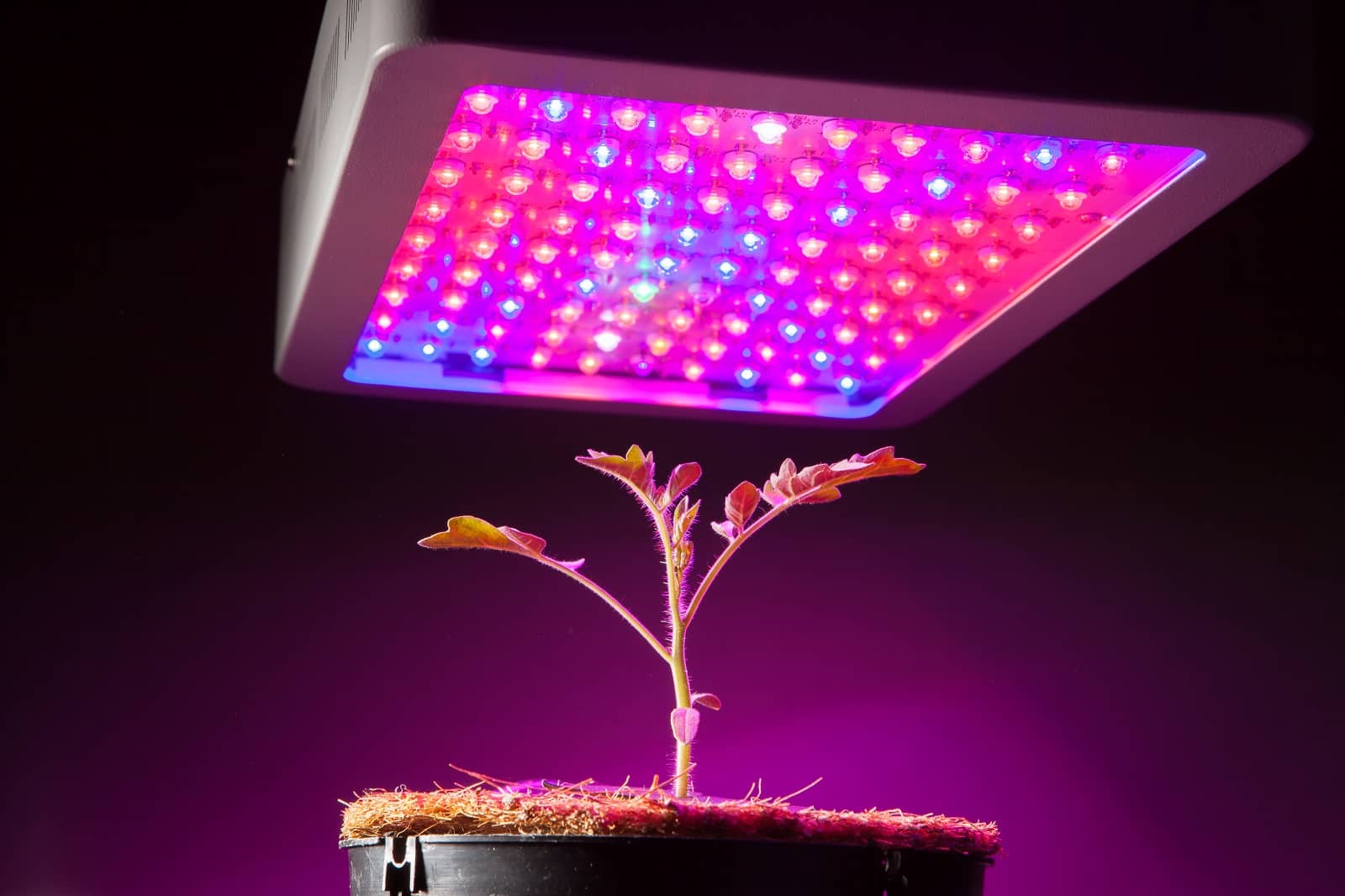The thing about boilers is, they aren’t that complicated to understand and use. You shouldn’t surrender all the work to a specialist who could be charging you more for services you could very do on your own. I’m sure you know what I’m talking about, especially if you are a DIY Hero.
In this post, I’m going to enlighten you on the working principle of a boiler. Along with that information, you will also be given maintenance tips to make it last longer and ensure its performance is perfect.
But, before we dive into the details, let’s discuss what the contraction is? why it is needed and are there other types of it? Also, If there are other types, what differentiates them?
Contents
What is a boiler?
A boiler is a closed contraction or vessel which contains and heats up water to form steam. This steam is used to warm up the insider of a building. In a way, it’s kind of like a humidifier, but the boiler is more like its older high maintenance brother which can provide enough heat for a large freezing cold building.
Homes, business and school buildings make use of this contraction. You should have heard of a special room I’m the lower quarters of a school, the room is called a boiler room. This is where the school in cold regions get its steamy heat from during the winter.
What does a boiler do?
I think it’s pretty much clear what a boiler does. It warms up the environment by steaming up the place. It is able to perform this by converting water to steam.
Why do I need a boiler?
Water is the best medium for transporting heat. The reason is that it gets warm faster than air and it tends to keep the atmosphere warm for a long time. The boiler is the best tool to provide you the warmth you require in your home during the winter.
Boiler vs humidifier
Is a boiler really necessary, why not just a simple humidifier…
Yes, you can choose to have a humidifier, but you should know that the quality of warmth gotten from a boiler is greater and it can cover a whole building.
The humidifier is portable so several units of it will have to be placed around the house in order for you to experience full warmth all over the building.
This would be quite wasteful, why not just buy and install a boiler in the basement or a special room beneath your home.
How does a boiler work? Is there a process?
The answers are yes, the boiler does have a process in place, which it follows to create a perfect home heating system that will ensure you enjoy a warm day.
What you are about to be given now is just the process in which boilers in general work. Is there various types of boilers with each of their own working principle.
The process:
- Once your thermostat measures low room temperature, it activates the boiler.
- As it is powered on, the boiler will make use of its heat sources such as oil, gas, or electricity to boil water and create heat.
- The boiler’s water will create steam that will be sent from its radiators or radiant floor systems to your home.
- Once the steam condenses, it begins to travel back into the boiler, where it will be heated once again.
- The whole heating process will occur until your thermostat reads the temperature limit in which you’ve set. Then the boiler will be deactivated.
Note: the system is automatic, so there is no need to manually set activate the boiler.
Types of boilers
Boilers are classified based on various factors which include:
- Fuel type
- Heating method
- Efficiency
- Size
- Form of heating
- The capability of providing either heat and water or just heat
- Pressure and temperature
- Draft method
The most common factors that are used to categorize a boiler includes the form of heating, the ability to provide just heat or both heat and water, fuel type.
For each of those factors, I’m going to explain the workings of a boiler based on each of the common factors mentioned.
Form of heating
There are two ways in which boilers heat up the home. It is either by steam or hot water.
Steam
Boilers with this form of heating require boiling water until it reaches the boiling point, which will then cause the release of steam. The steam will flow through the boiler’s radiator or through the radiant floor system then into the building.
Hot water
Boilers that make use of this method for warming a building don’t actually boil water, they heat it up till the water’s temperature is within the range of 140-180 °F. Such a boiler heats up the house with the help of an electrical pump. This pump will move the hot around the house, once the water cools down, it returns back into the boiler for reheating.
Fuel type
The fuel source is another common way in which boilers are categorized. There are three types of fuel sources for boilers. They include:
- Gas
- Electricity
- Oil
Boilers with any of the sources mentioned earlier have their own way of operating.
Here is how they work:
Gas source
Once the thermostat reads a drop in temperature, it activates the boiler by igniting the gas and oxygen within a combustion chamber with the use of the pilot light or electric start.
As the gas burns within the secured chamber, it produces heat which will be used to heat up a part of the boiler, known as the heating exchanger. This exchanger will then be used to transfer heat into the water for boiling.
Note: the heat exchanger is a web of copper, which is a good metal for heating. Makes sure the gas chamber is inspected for cracks or any small opening.
Electrical source
This is the safest and cheapest type of boiler out of the three. Its source of best is through electrical power. It heats up the heating element and then transfers the heat to the water for boiling.
Note: boilers with this type of source are eco-friendly. There is no burning of gas involved, Just clean energy.
Oil source
Their working process is similar to the boilers using a gas source. The reason is that it involves combustion within a chamber and the transfer of heat to water through an exchanger. The only difference between the gas and the oil is the content within the gas chamber.
Note: oil Boilers aren’t eco-friendly but their efficiency is commendable. They are also quite expensive to acquire, compared to other boilers.
Heat only or water and heat together
There a boilers that produce heat alone, for the purpose of warming the environment. And there are others that can also act as a water heater.
There are two types of boilers or water systems that produce both heat and hot water. They are known as the tankless coil system and the indirect system.
How do they work?
Indirect system
This system has a heat exchanger which boils the water till its hot. The heated water is then kept in a storage tank for later use. The stored hot water will remain hot as its stored, whether the boiler is on or not, the temperature remains high.
Tankless coil system
DON’T MISS: 7 Best tankless water heaters
It also involves the use of the boiler heat exchanger. The water will have to pass through the heat exchanger in order to get hot water coming out of the faucet. This means there is no need for storage tanks.
Tips for maintaining a boiler
Check around the heat exchanger for leaks on the tank
The heat exchanger tends to get so hot it melts the tank. This is one of the main reasons for leaks in the tank. You should occasionally check for leaks from time to time before the problem gets out of hand.
Flush out the boiler’s tank
You can get details about flushing tanks from this post: how to clean a water heater.
There are sediments that build up in tanks of boilers that produce both heat and hot water supply. It should be flushed out so it will not take long for the water to heat up and there won’t be sludge dispensing out of your faucet.
Inspect the vent and chimney
The vents are known to leak after a long period of use. Visually inspect the form time to the in order to prevent a disaster from occurring.
Conclusion
So now you know the inner workings of a boiler, along with that you have been given ways to categorize them and also, steps for maintaining them.
Jim Powell
Jim is our staff editor and writer. He has a degree in engineering. His hobbies are radio engineering and new technologies about which he has been writing for more than 7 years.



